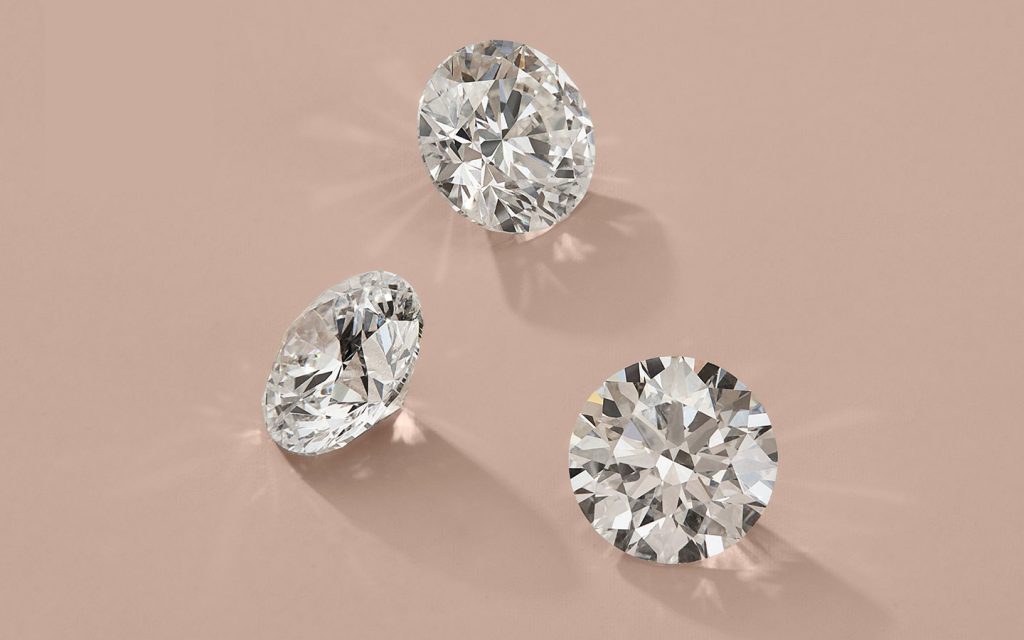

When it comes to purchasing man made diamonds, certification is crucial in verifying quality and authenticity. That’s where the comparison of IGI vs GIA lab grown becomes important. These two leading gemological institutes provide grading reports that help consumers make informed decisions. While man made diamonds look identical to mined diamonds, the reliability of their certification determines how confidently buyers can invest in them. Understanding the differences between IGI vs GIA lab grown certificates ensures you get the best value and transparency.
In the debate of IGI vs GIA lab grown, the International Gemological Institute (IGI) is known for being one of the first grading bodies to issue reports specifically for man made diamonds. IGI offers detailed grading, including cut, color, clarity, and carat weight—the same 4Cs used for mined diamonds. Many retailers and manufacturers of man made diamonds prefer IGI because of its faster turnaround times and lower costs. This makes IGI a go-to choice in the IGI vs GIA lab grown discussion, especially for e-commerce and large-volume sellers.
On the other side of the IGI vs GIA lab grown comparison is the Gemological Institute of America (GIA), which holds a prestigious reputation in the natural diamond world. While GIA was slower to adopt man made diamonds into their grading system, they now provide lab-grown diamond reports with full 4Cs grading. For buyers who value heritage and a conservative approach, GIA brings added credibility to man made diamonds. As the IGI vs GIA lab grown comparison continues to evolve, GIA’s reports have grown more detailed and accepted within high-end markets.
One key distinction in IGI vs GIA lab grown certification is in the layout and wording of their grading reports. IGI uses a format nearly identical to that of natural diamonds, providing full grades for man made diamonds without hesitation. GIA, however, initially labeled man made diamonds differently, often avoiding full color and clarity grades. While GIA has since improved its transparency, IGI’s straightforward grading has made it a favorite among those buying man made diamonds who want clarity and ease of comparison. The IGI vs GIA lab grown difference here can influence how confident a buyer feels.
Recognition plays a big role in the IGI vs GIA lab grown debate. GIA is often regarded as the gold standard in diamond certification globally, and its entry into grading man made diamonds added legitimacy to the industry. IGI, meanwhile, has become a leader in lab-grown grading, especially in the commercial market. For those focused on resale value or investment, GIA may offer greater weight, while IGI remains dominant in the direct-to-consumer space for man made diamonds. The IGI vs GIA lab grown choice often depends on your goals as a buyer.
Another point of comparison in IGI vs GIA lab grown discussions is pricing. Because IGI certification is more affordable for jewelers, man made diamonds certified by IGI may be priced slightly lower than GIA equivalents. However, this does not mean IGI-graded man made diamonds are lower in quality—it simply reflects differences in institutional branding and pricing strategies. For budget-conscious consumers, the IGI vs GIA lab grown decision can influence the final price of the diamond without sacrificing aesthetics or performance.
Transparency is vital in the IGI vs GIA lab grown conversation, especially for new buyers of man made diamonds. IGI typically includes more detail on growth method (CVD or HPHT) and post-growth treatments, which can help buyers understand the origin and characteristics of their man made diamonds. While GIA is also updating its reports, the level of detail still varies. When comparing IGI vs GIA lab grown, it’s worth reviewing sample reports to see which provides the clarity you need to feel confident in your purchase.
Retailer choice can also affect the IGI vs GIA lab grown balance. Many major jewelers and online platforms selling man made diamonds tend to prefer IGI for its consistency and availability. GIA, meanwhile, is often found in luxury or bespoke collections where traditional prestige matters. Whether you’re shopping locally or online, recognizing which certification is attached to your man made diamonds can help you understand why a particular stone is priced or marketed the way it is in the IGI vs GIA lab grown landscape.
Choosing between IGI vs GIA lab grown certification comes down to what matters most to you: speed, price, and convenience (IGI), or global prestige and conservative grading (GIA). Both labs are reputable, and both ensure that man made diamonds meet high quality standards. Whether you’re buying a solitaire engagement ring or a pair of stud earrings, knowing the strengths of each lab will help you navigate the IGI vs GIA lab grown decision with confidence and ease.
In conclusion, the IGI vs GIA lab grown discussion reflects a growing industry adapting to modern preferences. Both institutions bring credibility and structure to the world of man made diamonds, helping buyers make educated choices. IGI offers accessibility and detail, while GIA offers prestige and tradition. As man made diamonds become more mainstream, the ability to compare and trust lab certifications is more important than ever. Whichever you choose, understanding IGI vs GIA lab grown standards ensures that your diamond purchase is informed, transparent, and beautifully secure.
In today’s world of 10-step skincare routines, viral beauty trends, and endless new product launches,…
In recent years, the jewelry industry has witnessed a revolutionary shift with the rise of…
The Truth About Recycled Gold: A Sustainable Choice The truth about recycled gold is that…
When shopping for diamonds, understanding the variety of shapes available is crucial. This diamond shapes…
When it comes to purchasing a ring, one of the most important factors to consider…
In today’s world, diamonds have always been considered a symbol of luxury, elegance, and commitment.…